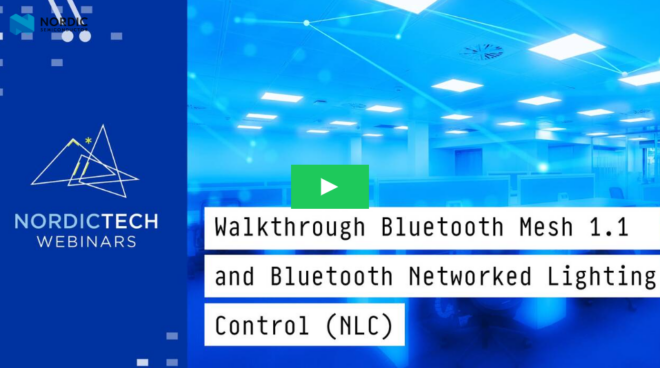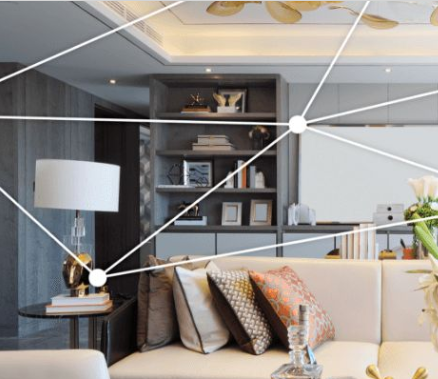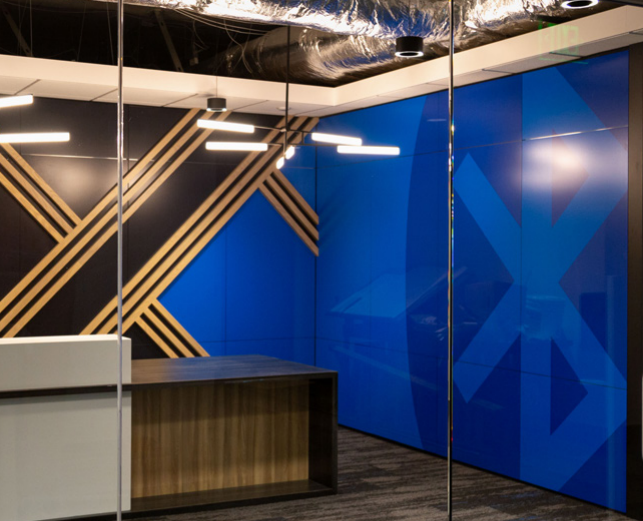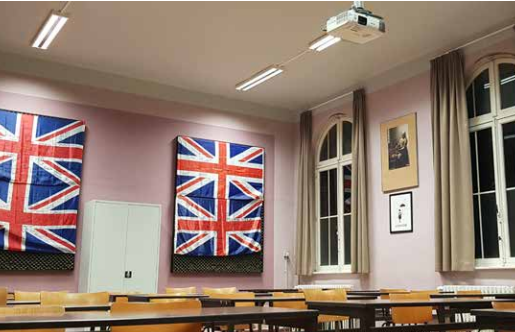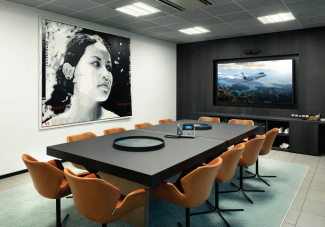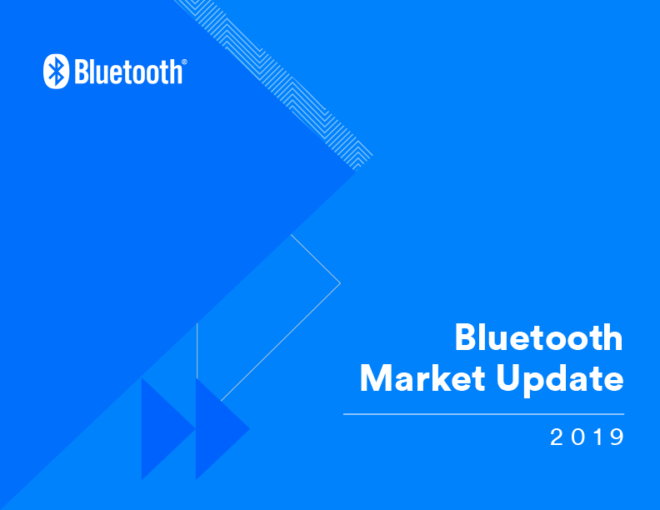This year’s Bluetooth® World included two developer tracks running simultaneously in large rooms on either side of the main exhibition area. I had an opportunity to deliver sessions on two topics and thought I’d share what was presented with those who did not get the chance to attend the show.
Web Bluetooth Developer Training
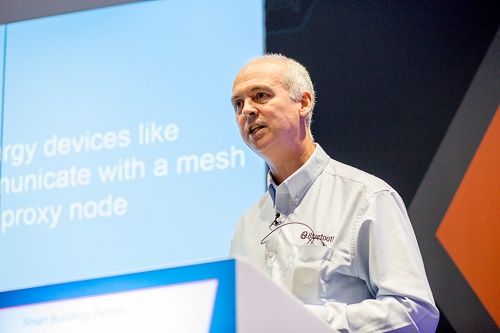
One session was on Web Bluetooth. Web Bluetooth is an API which developers can use to discover, connect to, and interact with Bluetooth® Low Energy (LE) devices. It’s not yet a World Wide Web Consortium (W3C) standard, but the signs for that happening in the future are good and it has huge potential.
This session was very well attended on both days, a reflection of the growing awareness of and interest in Web Bluetooth. The timing was good as well; Google will be releasing version 70 of Chrome for Windows 10 this fall, bringing support for Web Bluetooth on Windows 10 to a level which is comparable to the excellent support provided by Chrome on MacOS, Linux, Chromebooks, and Android. I was also able to tell the audience that I’ve become aware through my work in this field that one of the other big-three web browser companies is planning to release a new browser version which supports Web Bluetooth in the near future. It’s generally felt that when another major browser company joins Google in supporting Web Bluetooth, this will act as a catalyst for Web Bluetooth going through the W3C standardisation process. Exciting times for Web Bluetooth!
The web browser is arguably the most important of all platforms and Web Bluetooth can be used for each of the two main IoT use cases; (1) monitoring devices, systems, and environments and (2) controlling devices, systems, and environments. This was illustrated during the session via a live demonstration of a web application receiving and charting sensor data from a microcontroller in real time while another web application controlled a small electronic car. The car was able to be controlled over a fairly small table without falling off.
Developing a Web Bluetooth web page is simple and easy. If you’d like to learn about Web Bluetooth, download our Web Bluetooth® tutorial for developers.
Bluetooth Mesh for Developers
Bluetooth Mesh was, without question, the hot topic of this year’s Bluetooth World. This session for developers provided a solid understanding of the theory while giving insight into how Bluetooth® Mesh networks and Bluetooth Mesh devices can be made to behave.
Bluetooth Mesh is very different to other Bluetooth technologies, and there’s a slight learning curve for developers wishing to implement Bluetooth Mesh capabilities in their products. This session was a good opportunity to get a few pointers for getting started with Bluetooth Mesh.
Using BBC micro:bits running code created with the Zephyr RTOS SDK and a Web Bluetooth application to act as a control panel, developers had an opportunity to experience a real Bluetooth Mesh network in action. Yes, you can create web applications using Web Bluetooth which can be part of your Bluetooth Mesh network!
Developers also had a chance to see some Zephyr coding examples that highlighted the primary tasks developers need to undertake in their code, such as how to implement models and how to map messages by their opcodes to the model functions which must process those message types.
If you’d like to learn about Bluetooth Mesh and get some hands-on experience to help reinforce the theory, download our Bluetooth Mesh Self Study Guide.
Looking Forward
I hope developers who attended felt the sessions were beneficial. Most of all though, I hope to see some great examples of Web Bluetooth and Bluetooth® Mesh projects spinning off from the sessions in the near future!
Also, check out our developer resources and learn more about building with Bluetooth.

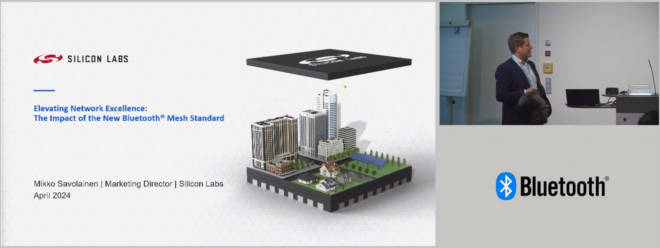
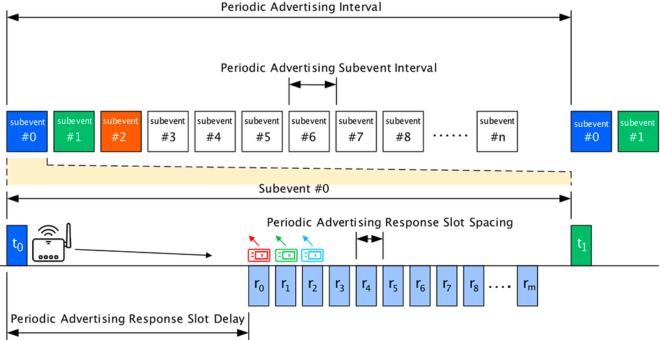



![shutterstock 1653733096[1]](https://www.bluetooth.com/wp-content/uploads/2024/03/shutterstock_16537330961-660x372.jpg)
![Periodic Advertising with Responses[1]](https://www.bluetooth.com/wp-content/uploads/2024/02/Periodic-Advertising-with-Responses1-660x345.png)





